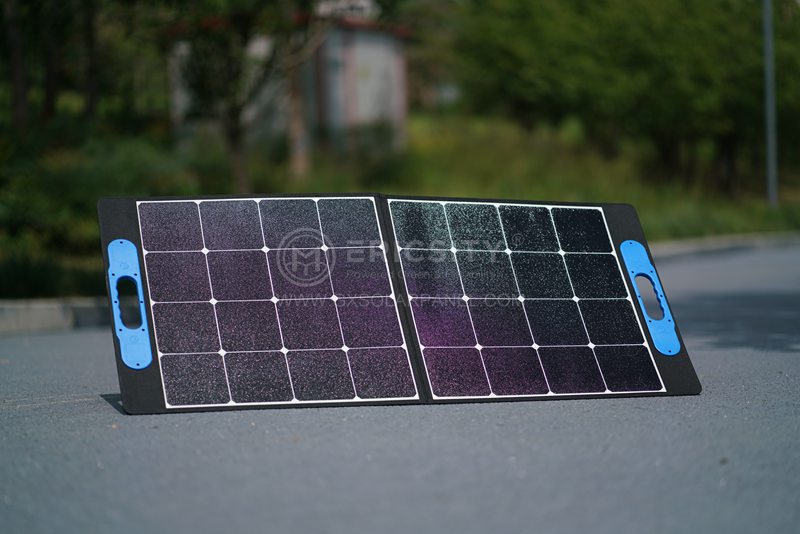HOT PRODUCT
Product Details
Charge Up With Innovation: Harnessing The Sun With Flexible Solar Technology
Title: Charge Up With Innovation: Harnessing The Sun With Flexible Solar Technology
Introduction:
In recent years, advancements in renewable energy technologies have revolutionized the way we generate electricity. Among them, solar energy has emerged as a prominent and sustainable solution to meet our growing energy needs. With the development of flexible solar technology, harnessing the power of the sun has become even more efficient, cost-effective, and versatile. In this article, we will explore the potential of flexible solar technology and how it is shaping the future of renewable energy.
1. What is Flexible Solar Technology?

Flexible solar technology, also known as thin-film solar, utilizes lightweight and flexible materials to generate electricity from the sun. Unlike traditional solar panels made of silicon, thin-film solar panels are created using a wide range of materials such as amorphous silicon, cadmium telluride, and copper indium gallium selenide. The flexibility of these materials enables the production of thin, lightweight, and bendable solar panels, allowing for increased design possibilities and applications.
2. Advantages of Flexible Solar Technology:
a. Versatility: One of the significant advantages of flexible solar technology is its versatility. These thin-film solar panels can be integrated into various objects and surfaces that were previously inaccessible to traditional rigid panels. They can be applied to curved surfaces, such as roofs, vehicles, portable chargers, backpacks, clothing, and even windows, without compromising their functionality. This flexibility allows solar energy to be harnessed in unconventional ways.
b. Lightweight and Portable: Flexible solar panels are lightweight, making them portable and easy to transport. This characteristic is particularly valuable for mobile applications, like camping, outdoor events, or areas with limited access to the grid. Portable solar chargers can be created using flexible solar panels, enabling users to recharge their electronic devices while on the move.
c. Cost-effectiveness: Another advantage of flexible solar technology is its potential for cost reduction in solar energy systems. Thin-film solar panels require fewer materials and less energy during production, making them less expensive to manufacture compared to traditional solar panels. Additionally, their light weight reduces shipping and installation costs, further enhancing their affordability.
3. Applications of Flexible Solar Technology:
a. Building Integration: The flexibility of thin-film solar panels allows for seamless integration into building materials like windows and roofing materials. These integrated solar solutions blend aesthetically with the design of a building while producing clean energy, reducing the overall carbon footprint. Moreover, flexible solar panels can be retrofitted onto existing structures, increasing the potential for solar energy adoption in urban and suburban areas.
b. Electric Mobility: The automotive industry is increasingly adopting flexible solar technology to power electric vehicles. Solar panels can be integrated into the roof or body of electric cars, providing an additional charging source, supplementing the grid supply, and potentially increasing the driving range.

c. Humanitarian Aid: Flexible solar panels have proved to be valuable in emergency situations and remote areas where electricity infrastructure is lacking. These panels can be easily transported and provide a reliable source of electricity for powering medical equipment, water pumps, communication devices, and lighting systems in disaster-stricken regions.

4. Future Perspective:
The evolving field of flexible solar technology continues to push the boundaries of solar energy applications. Researchers are actively exploring advancements in efficiency, durability, and cost-effectiveness of these thin-film solar panels. As technologies improve, we can anticipate increased energy production and wider adoption of flexible solar panels in various industries and settings.
Conclusion:
Flexible solar technology represents a significant progression in the field of solar energy. Its versatility, lightweight nature, and cost-effectiveness provide numerous opportunities for harnessing the sun’s power in innovative ways. Through integration into buildings, transportation, and humanitarian efforts, we can maximize the benefits of renewable energy and propel towards a sustainable future. The sun’s energy is abundant, and flexible solar technology is unlocking its potential to power our world.




